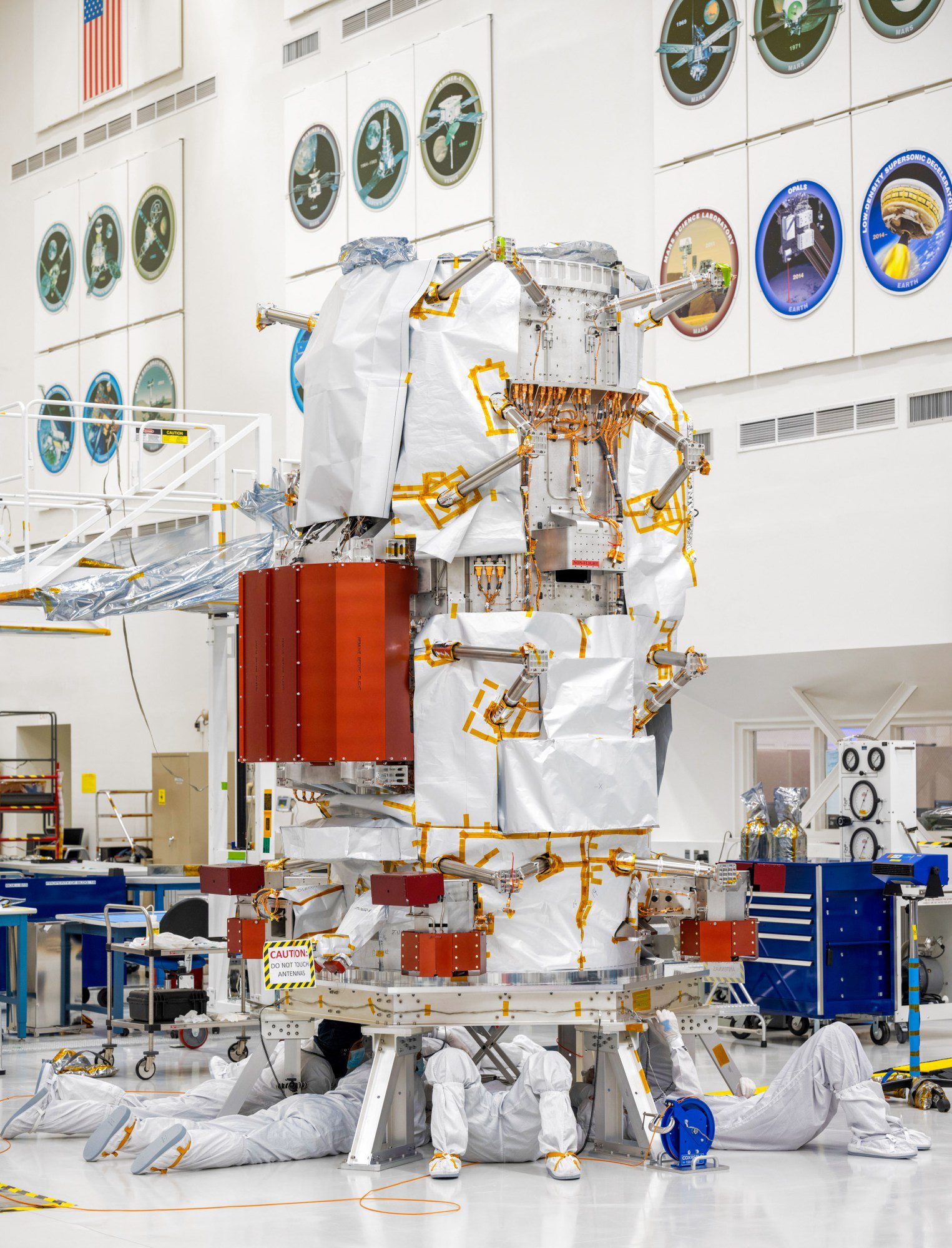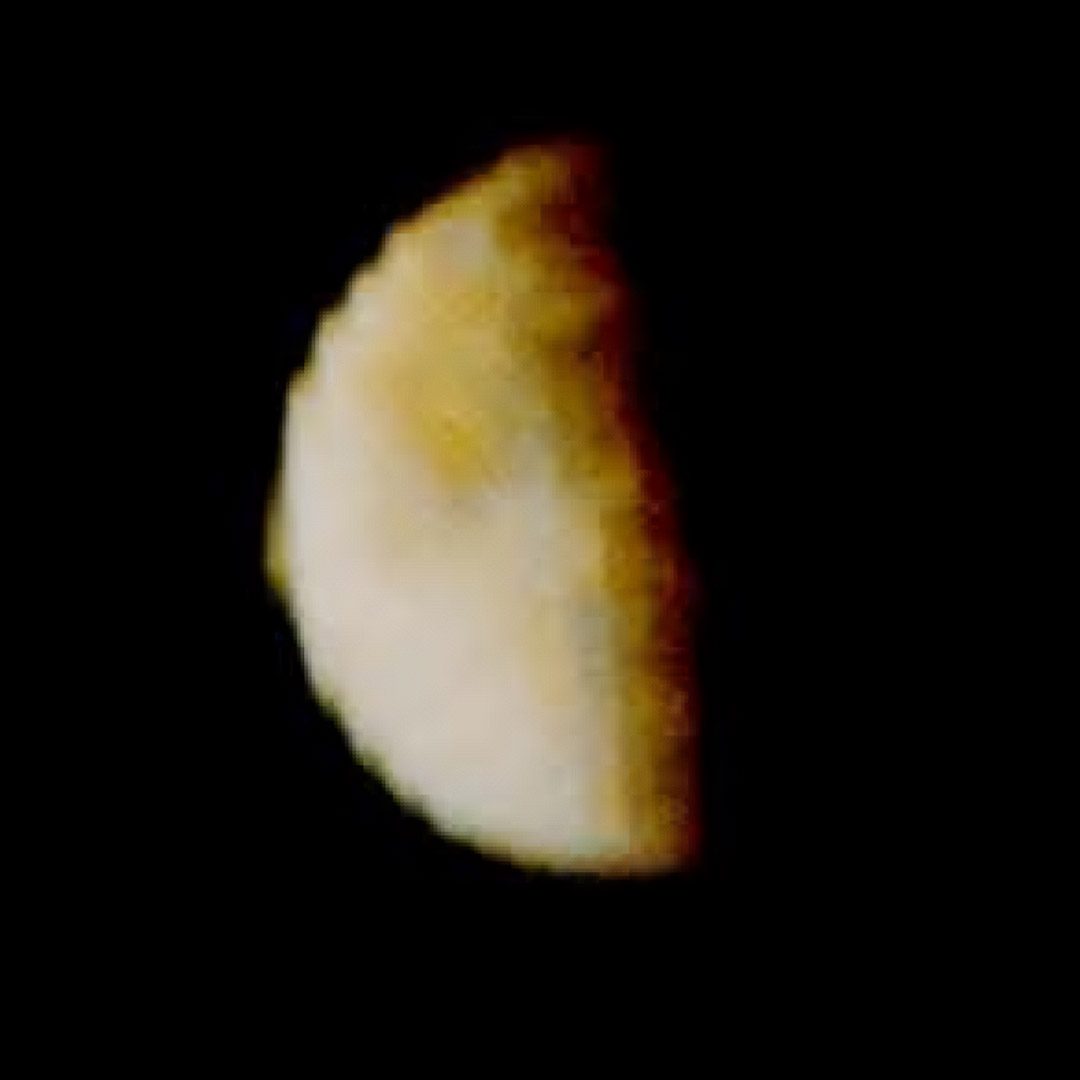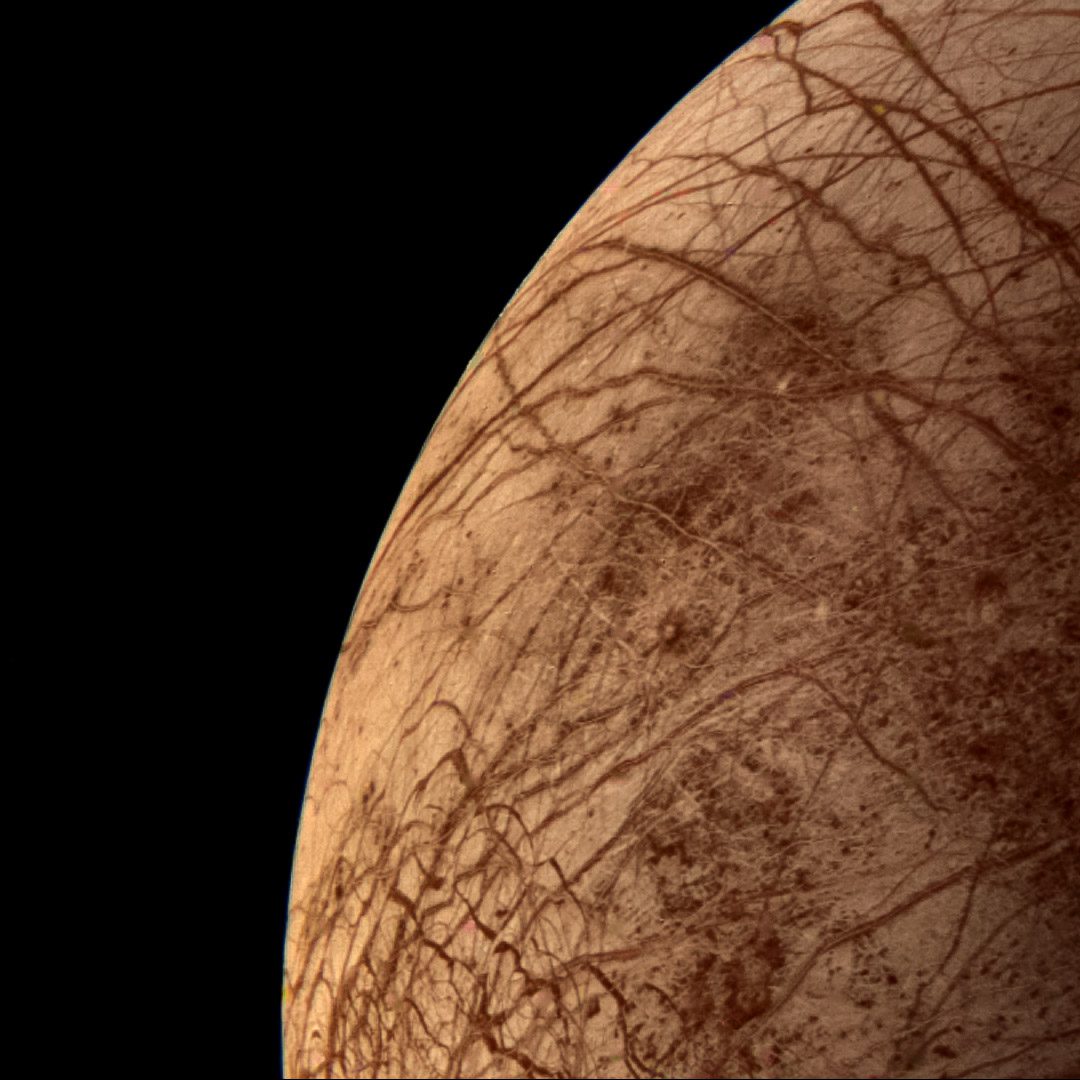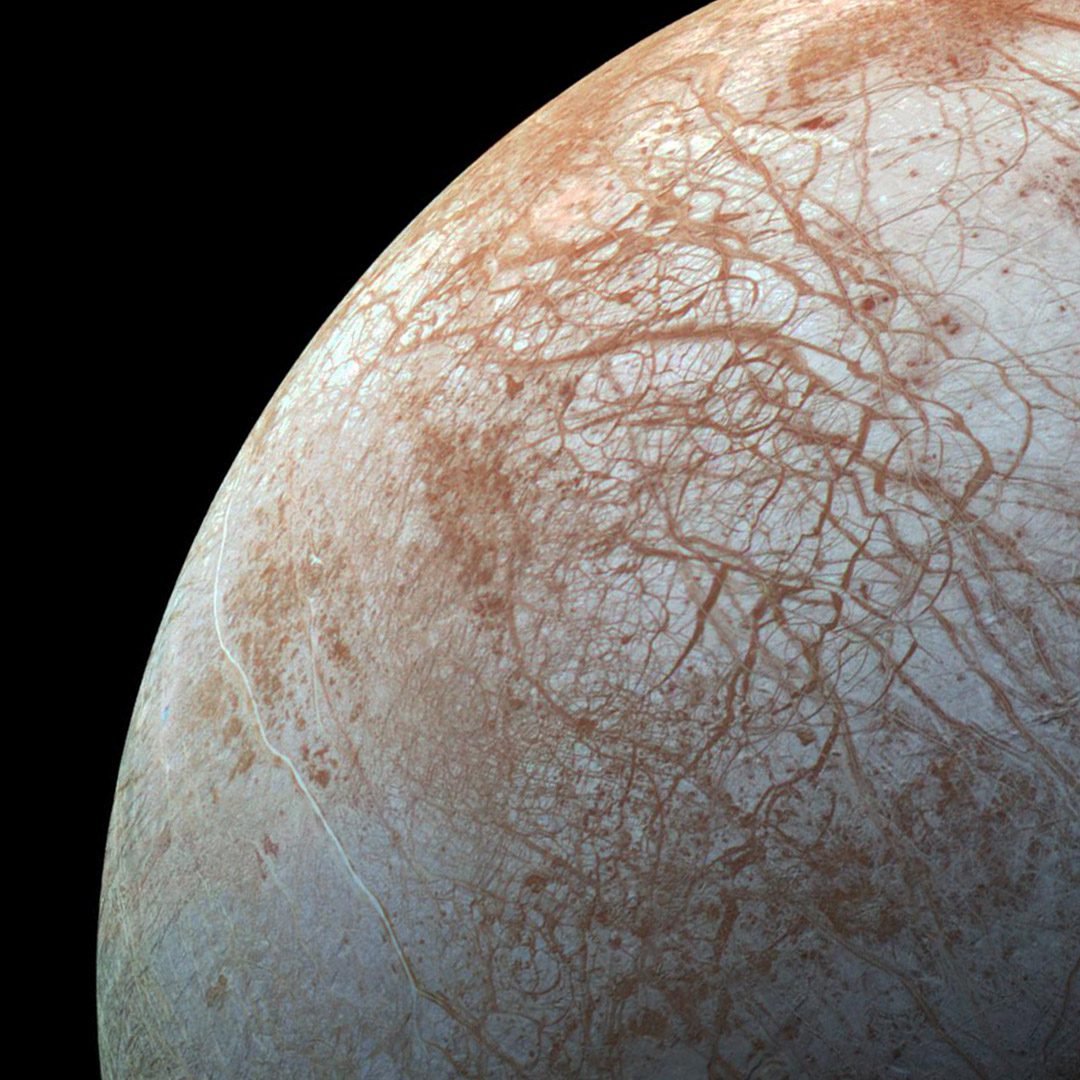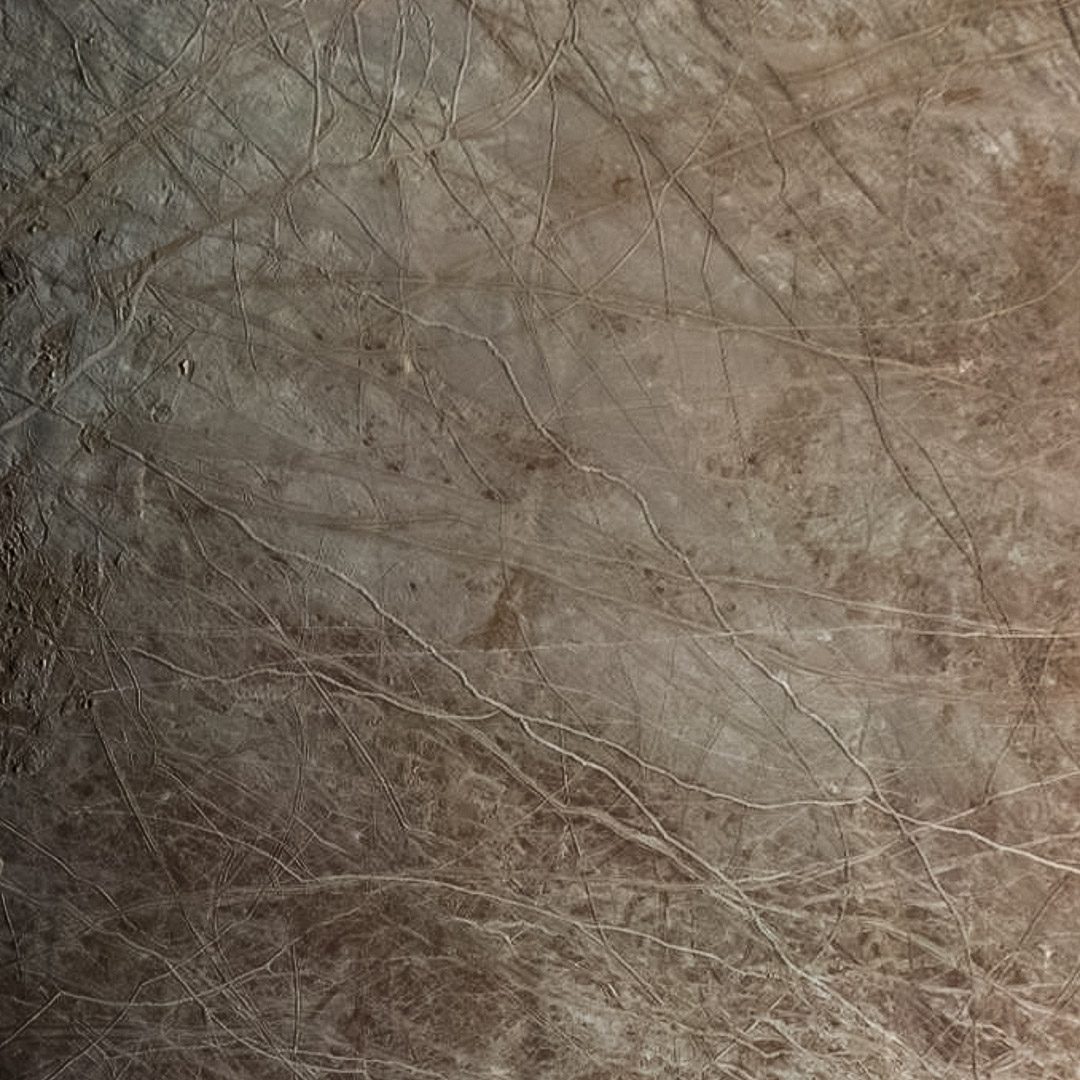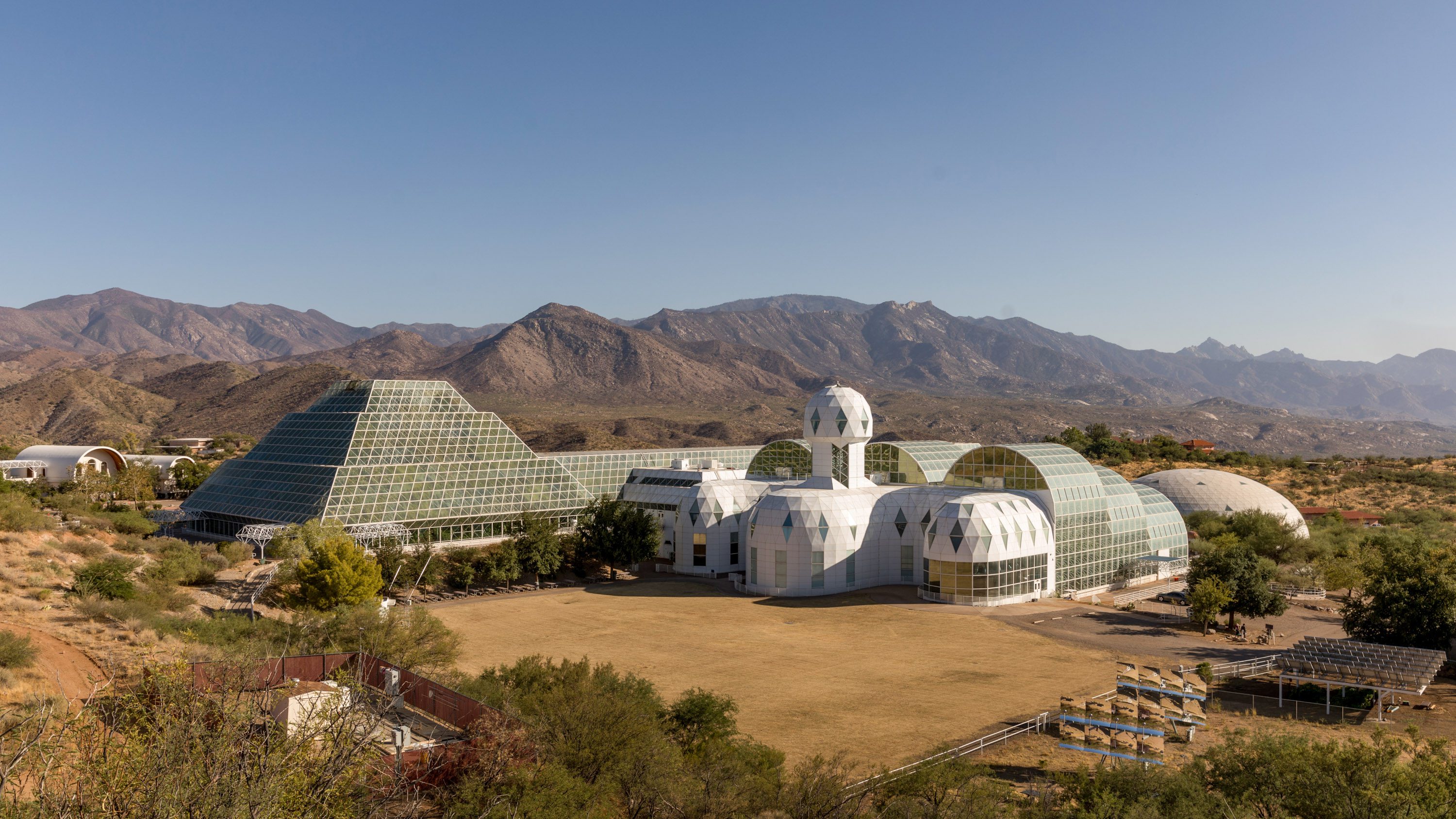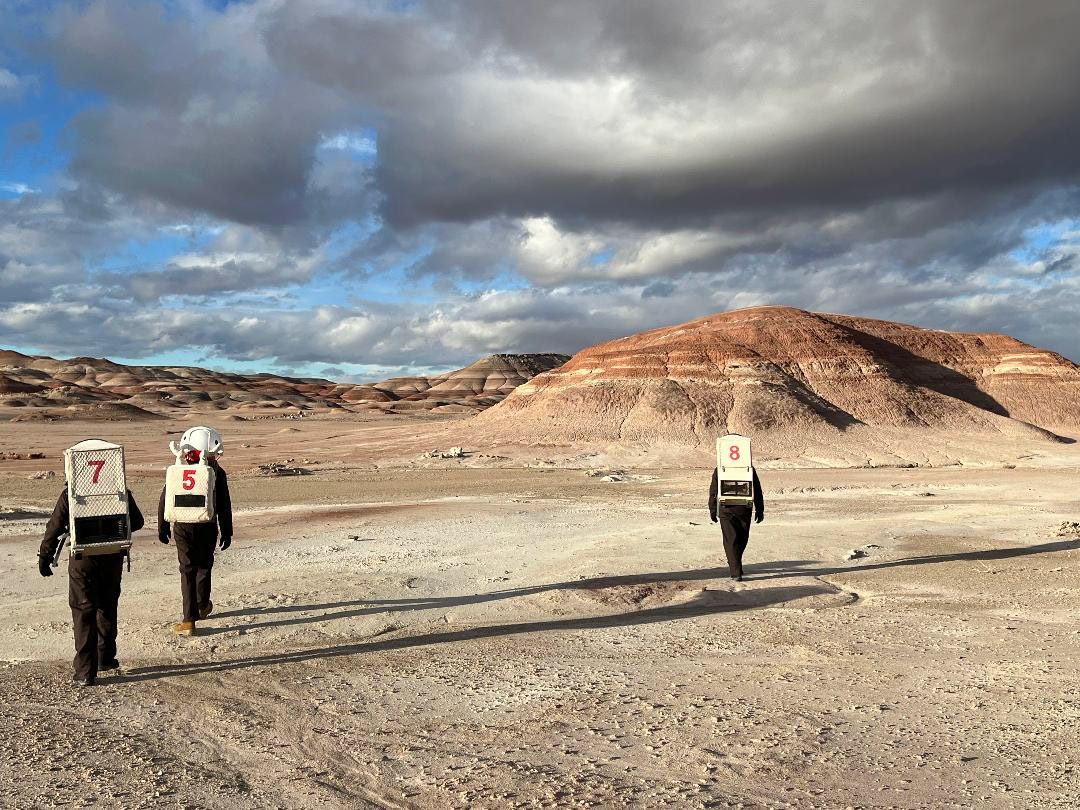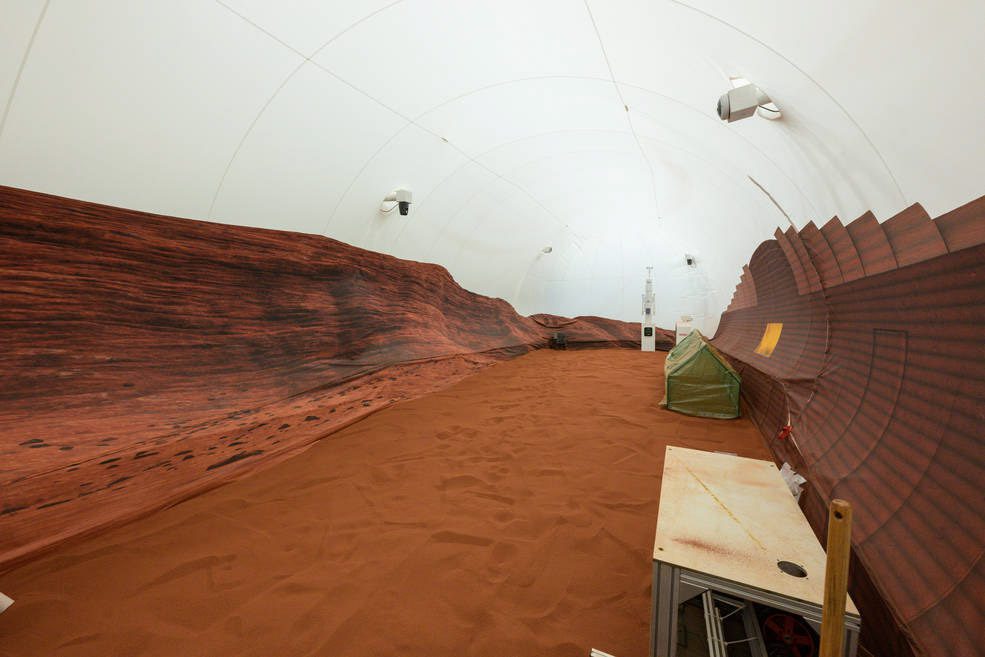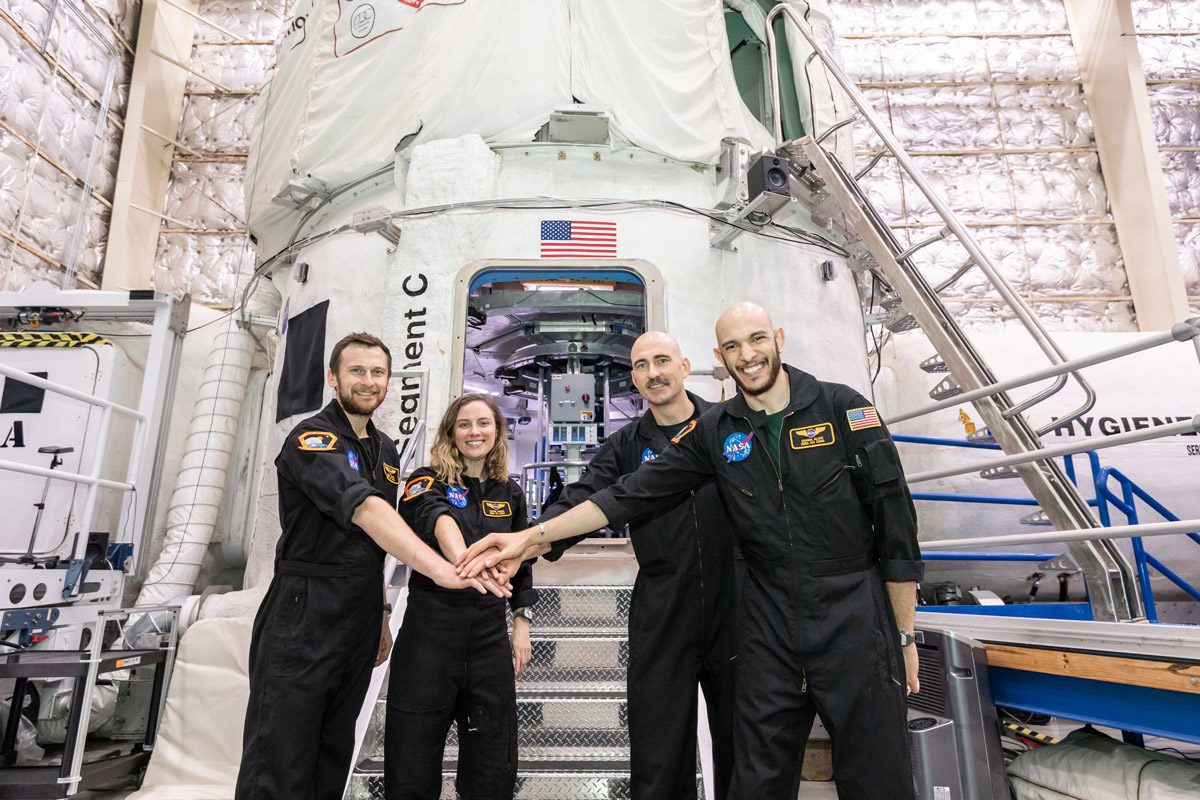The race to fix space-weather forecasting before next big solar storm hits
Tzu-Wei Fang will always remember February 3, 2022. It was a Thursday just after Groundhog Day, and Fang, a physicist born in Taiwan, was analyzing satellite images of a cloud of charged particles that had erupted from the sun. The incoming cloud was a coronal mass ejection, or CME—essentially a massive burst of magnetized plasma from the sun’s upper atmosphere. It looked like dozens of similar CMEs that hit Earth every year, usually making their presence known mostly through mesmerizing polar light displays.
“The CME wasn’t significant at all,” says Fang, who had been analyzing the incoming data from her office at the National Oceanic and Atmospheric Administration (NOAA) in Boulder, Colorado.
But five days later, Fang learned that the CME was not as innocuous as it had seemed. Just as the cloud of plasma was making its way to the planet, a SpaceX Falcon 9 rocket was blasting off from a launchpad at the Kennedy Space Center in Florida with 49 new Starlink satellites in its nose cone.
The CME heated the tenuous gases in Earth’s upper atmosphere, causing it to swell, pushing the lower, denser layers upward. When the satellites were released from their rocket, they struggled against an unexpectedly thick medium. With thrusters too weak to push them to a higher, safer orbit, 38 of them spiraled back to Earth.
Scientists had long known that solar activity can change the density of the upper atmosphere, so the fact that this happened wasn’t a surprise. But the Starlink incident highlighted a big gap in capability: researchers lacked the ability to precisely predict the sorts of density changes that a given amount of solar activity would produce. And they did not have a good way to transfer those changes to predictions about how satellite trajectories would be affected.
The need to improve predictions was growing more urgent. A new solar cycle had just begun picking up strength after a prolonged quiet period, and the sun was spouting many more solar flares and CMEs than it had in years. At the same time, the number of satellites orbiting the planet had grown sevenfold since the last solar maximum. Researchers understood that a powerful solar storm could make conditions in near-Earth space so unpredictable that it would be impossible to tell whether objects were on a collision course. And that was a worry. One head-on crash between two large spacecraft can create thousands of out-of-control debris fragments that could remain in orbit for years, making space even harder for operators to navigate through.
The Starlink event proved to be just the catalyst the community needed. In the ensuing weeks, Fang, who had been working on a model of the upper atmosphere, began a partnership with SpaceX to get more data on the speed and trajectory of the constellation’s thousands of satellites. It was an unprecedented source of information that is allowing scientists to improve their models of how solar activity affects the environment in low Earth orbit. At the same time, other researchers are working to better connect this model of the sparse air in this part of the atmosphere with the trajectories of the satellites that pass through it.
If Fang and her colleagues succeed, they’ll be able to keep satellites safe even amid turbulent space weather, reducing the risk of potentially catastrophic orbital collisions.
Solar weather havoc
CMEs have been buffeting Earth since the beginning of time. But until the advent of electricity, their only observable consequences were the spectacular polar lights.
That changed in 1859 with the Carrington Event, the most energetic CME to hit Earth in recorded history. When that tsunami of magnetized plasma hit Earth’s atmosphere, it disrupted telegraph networks all over the world. Clerks saw their equipment give off sparks, and in some cases they received electrical shocks.
The satellite era has so far experienced only one major geomagnetic storm. Dubbed the Halloween storm because it pummeled Earth in the last week of October 2003, the CME affected nearly 60% of NASA space missions in orbit at the time, according to a later investigation by NOAA. A Japanese Earth-observation spacecraft lost contact with Earth, never to regain it—its electronics most likely fried by the onslaught of charged solar particles.
Thomas Berger, now the director of the Space Weather Technology, Research, and Education Center of the University of Colorado Boulder, was a young space-weather scientist at that time. He remembers the people buzzing about losing track of satellites.
Unlike aircraft, satellites are not constantly observed by radar in real time. Their likely trajectories are calculated days ahead, based on repeated observations by a handful of ground-based space radars and optical sensors scattered across the globe. When space weather warms up the upper reaches of the atmosphere, the increased density throws those predictions off, and it can take operators a while to find the satellites again.
“After the 2003 Halloween storm, the entire satellite catalogue was off track,” says Berger. “It took three days of emergency operations to locate and retrack all these objects. Some of the satellites were tens of kilometers below their usual orbit and maybe a thousand kilometers away from their expected position.”
When we don’t know where satellites—and space-debris fragments—are, it is more than an inconvenience. It means that operators can no longer make predictions about potential collisions—events that can not only destroy satellites but also create thousands of new pieces of space debris, creating cascading risks to other satellites.
The Halloween storm luckily passed without an orbital crash. But next time, satellite operators may not be so lucky.
A lot has changed in near-Earth space since 2003. The number of active satellites orbiting our planet has risen from 800 back then to more than 9,000 today, and low Earth orbit has seen the greatest increase in traffic. The quantity of space junk has also grown. Twenty years ago, the US Space Surveillance Network tracked some 11,000 pieces of such debris. Today, according to NASA, it keeps an eye on more than 35,000 objects. With that much more stuff hurtling around Earth, many more collision-avoidance maneuvers are needed to keep things safe.
And it is just a matter of time before Earth is hit with bigger CMEs. The Halloween storm packed dozens of times more power than the “insignificant” event that doomed the Starlink satellites. Yet it had only about one-tenth the energy of the Carrington Event. The orbital mayhem—not to mention the havoc on the ground—could certainly get much worse.
Extending weather forecasts into space
Six months before that fateful Groundhog Day, Fang had taken a job at NOAA’s Space Weather Prediction Center to work on a new simulation of the outermost parts of Earth’s atmosphere.
The model she was working on, the Whole Atmosphere Model and Ionosphere Plasmasphere Electrodynamics (WAM-IPE) forecast system, is an extension of kinds of models that meteorologists at NOAA use to forecast weather on Earth, only at much higher altitudes.
Most satellites in low Earth orbit travel within the second-highest layer of the atmosphere—a region called the thermosphere, which is filled with dispersed atoms of oxygen, nitrogen, and helium. Invisible waves rising from the mesosphere, the atmospheric layer underneath, push on the thermosphere, stirring hurricane-speed winds. But since the air in the thermosphere is so thin, satellites orbiting there barely notice. That changes when space weather hits. Within an hour, the density of this thin air can increase many times, and its atoms become charged by collisions with energetic solar particles, triggering aurora displays and electrical currents.
The WAM-IPE model attempts to simulate the intricacies of these processes and predict their outcomes. “It’s a lot of complex physics, and we still don’t completely understand all of it,” Fang says.
At the time of the Starlink incident, Fang’s model was still in experimental stages. The sorts of measurements of the upper atmosphere that could directly verify the model’s calculations were not yet available.
In 2022, only two spacecraft in orbit were able to provide some basic measurements of thermospheric density. No new mission by either NOAA or NASA was in the works that could fill the gaps in the near future.
But SpaceX had a solution to Fang’s problem. Starlink satellites, although not fitted with dedicated instruments to measure atmospheric density, carry GPS receivers to determine their position. During their conversations, Fang and Starlink engineers figured out that with some clever mathematics, they could calculate atmospheric density from changes in Starlink satellites’ trajectories.
“It’s quite complicated because you need to have a very good understanding of how the spacecraft’s shape affects its drag, but with that provided, we can look at the positional differences and see how that changes and calculate the density,” says Fang.
At that time, about 2,000 Starlink satellites were in orbit. And so, where there was no data before, Fang suddenly had an abundant resource to tap into and use to make sure the WAM-IPE model’s calculations matched reality—at least at Starlink’s orbital altitude. The constellation has since grown to 5,000 spacecraft, providing an even denser network of measurements.
Fang says that several other satellite operators have since joined her effort, supplying NOAA with data to make the model work before the next big solar storm hits.
“The Starlink incident really raised the problem,” she says. “The industry is booming and now everybody is aware, and they come to us and want to understand the problem. It’s been a tricky two years, and sometimes I feel we are not solving it fast enough for them.”
Work left to do
In the months following the Starlink incident, other spacecraft operators began reporting issues related to space weather. In May 2022, the European Space Agency said its constellation of Swarm satellites, which measure the magnetic field around Earth, had been losing altitude 10 times faster than they had during the previous 10 years. In December 2023, NASA announced that its asteroid-hunting space telescope Neowise will reenter Earth’s atmosphere by early 2025 because of the increasing drag caused by solar activity.
The current solar cycle is set to reach its maximum later this year. But the sun will likely keep on spouting CMEs and solar flares at a high rate for the next five years before the sun settles into its minimum. During those years, the number of satellites in orbit is set to continue to rise. Analysts expect that by the end of this decade the number of operational satellites could hit 100,000.
“It’s not unlikely that we will get a large geomagnetic storm in the next four or five years,” says Berger. “And that will really test the whole thing.”
Berger’s team in Colorado collaborates with Fang’s team at NOAA, trying to find ways to integrate the WAM-IPE model’s predictions of changes in atmospheric density into calculations of satellite orbits.
As the Starlink incident showed, it’s not just the big, cataclysmic solar storms that operators need to worry about.
Dan Oltrogge, an orbital tracking expert at Comspoc, a company that specializes in space situational awareness, says that the accuracy of satellite trajectory predictions at orbits below 250 miles (400 kilometers) is “particularly susceptible to space-weather variations.”
“It’s those altitudes where the International Space Station, the Chinese space station, and also many Earth-observing satellites orbit,” Oltrogge says. “When space weather changes, the atmospheric drag changes, and it changes where and how close things come together. It’s difficult to know when to make a collision-avoidance maneuver.”
The stronger the storm, the greater the fluctuations in atmospheric density, and the greater the uncertainty. According to Fang, the underwhelming Starlink storm thickened the atmosphere at altitudes between 120 and 240 miles by 50% to 125%. A once-in-a-century event like the Carrington storm could lead to a 900% density increase, she says.
The biggest worries, Fang says, are that we don’t fully understand the behavior of the sun and that we get so little notice about when CMEs will arrive.
“Even with the new model, we only know what is happening now,” she says. “We don’t have a real forecasting ability. We don’t know when a flare is going to happen or when a CME is going to happen.”
It might take a couple of days for a CME to hit Earth, but researchers don’t get measurements of its intensity until about 30 minutes before then, when it passes SOHO, a NASA and European Space Agency satellite some 900,000 miles away in a stable orbit between Earth and the sun.
The European Space Agency is developing a new spacecraft, called Vigil, that would be capable of providing a side view of the sun, allowing researchers to see potentially dangerous sunspots not visible from Earth. But it will take years to get it off the ground. Until then, space operators will have to keep their fingers crossed and hope the space weather holds.
Tereza Pultarova is a freelance science and technology journalist based in London who specializes in space and sustainability.


